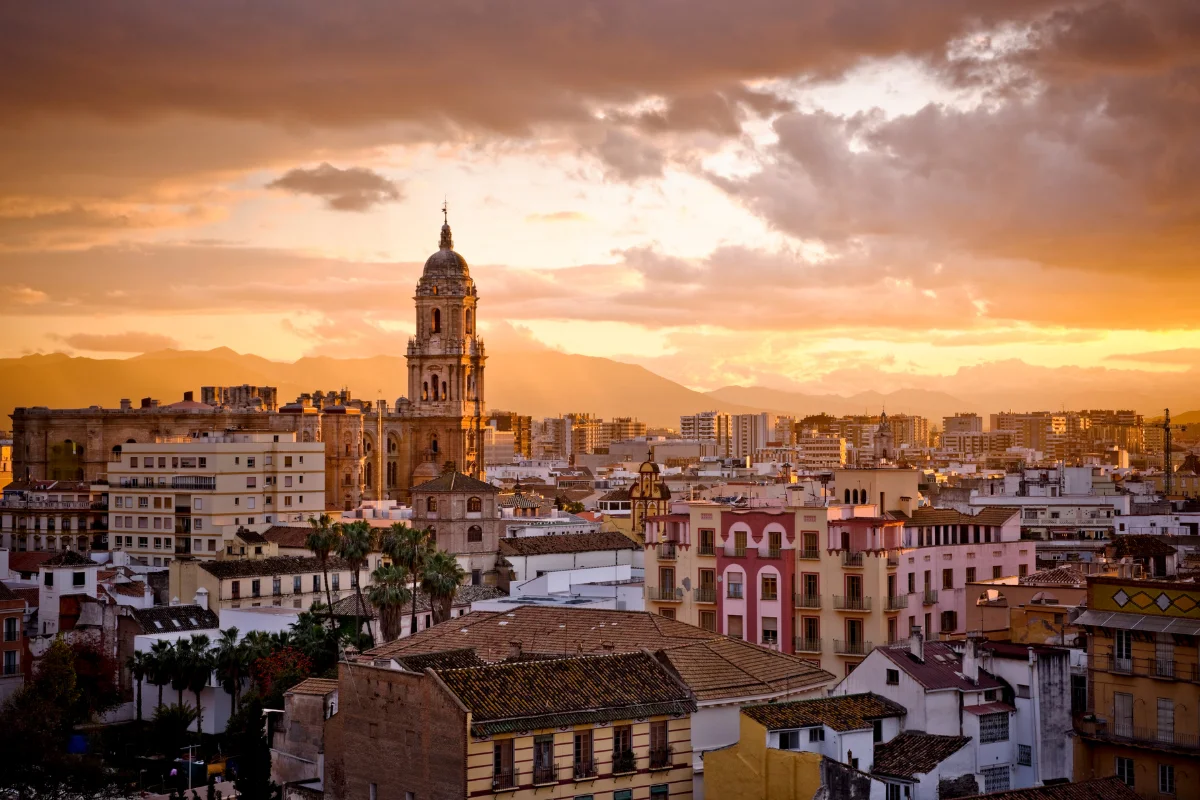Andalusia – this sunny and picturesque region of Spain is not only known for its unique architecture and breathtaking landscapes. It is also the home of many artists who have made careers in various fields, influencing culture and art around the world.
Pablo Picasso: revolutionary of modern art
Born in 1881 in Malaga, Pablo Picasso is one of the most influential artists of the 20th century. His unique style and innovative approach to art revolutionised modern art and his influence is still felt today. Picasso showed artistic talent from an early age thanks to the support of his father, who was a drawing teacher. His talent transcended conventional techniques and aesthetics, which led to the creation of a unique style that transformed 20th century art.
Picasso’s oeuvre is often divided into periods that reflect different phases of his artistic development. The most well-known are the ‘blue’ and ‘pink’ periods, Cubism and the ‘classical’ period. In each of these, Picasso experimented with different techniques, themes and forms, always seeking new ways to express his artistic vision of the world. His best-known work, Guernica, is a powerful anti-war painting that depicts the Spanish Civil War. This monumental work is one of the most important artworks of the 20th century and is considered a symbolic protest against violence and destruction.
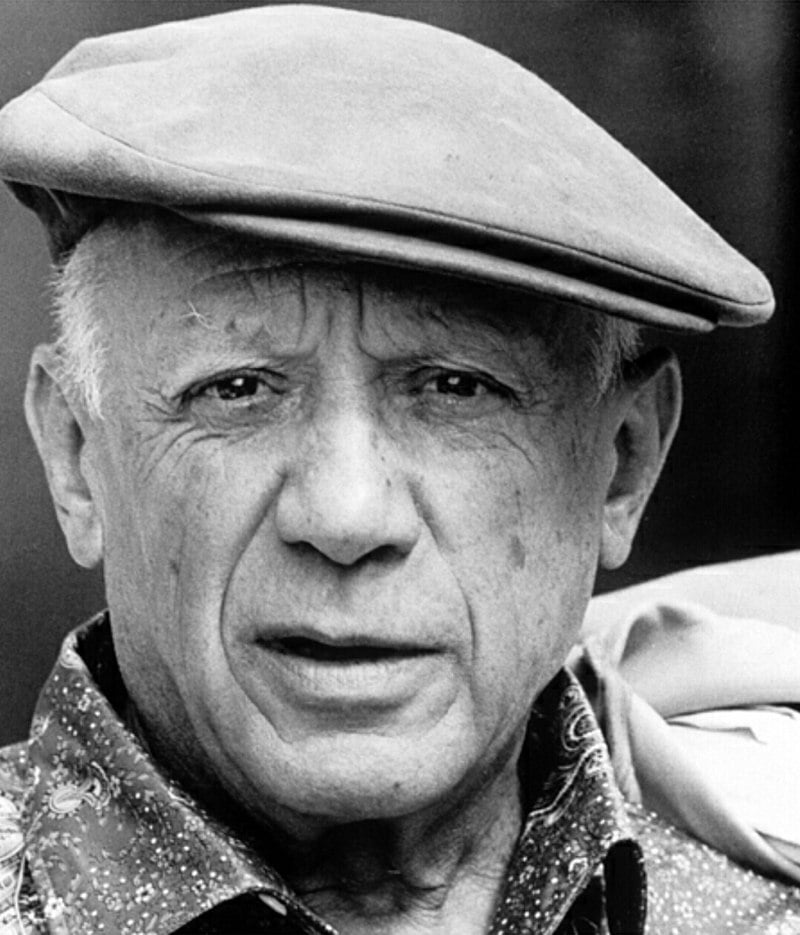
Picasso was not only a painter, but also a sculptor, ceramicist, draughtsman and printmaker. His creative resources seemed infinite and his works were characterised by extraordinary variety and innovation. Throughout his life, he was extremely productive, creating thousands of works covering a wide range of subjects, styles and techniques. Despite his international success, Picasso never forgot his Andalusian roots. He often referred to his childhood in Malaga and Spanish culture in his work. His connection to Andalusia is also evident in his works, which often depict traditional Spanish subjects such as corrida and flamenco.
Pablo Picasso died in France in 1973, but his legacy is immortal. His innovative approach to art changed the way we look at it, and his works continue to inspire artists around the world. Without doubt, Picasso is one of the most important artists of the 20th century, whose influence on modern art is inestimable. This year marks the 50th anniversary of the great artist’s death and to mark the occasion, 50 events will be held around the world, including in Spain and Malaga. You can read about them on our blog.
Federico García Lorca: a symbol of Spanish literature
Born in 1898 in Fuente Vaqueros, Andalusia, Federico García Lorca is one of the most important and influential writers of 20th century Spanish literature. His work encompasses poetry, drama and prose, which are prized for their lyricism, emotional dimension and deep understanding of the human experience.
Lorca studied literature and law at the University of Granada, but it was in Madrid that his passion for literature really blossomed. There he met figures such as Salvador Dalí and Luis Buñuel, with whom he formed the so-called Generation ’27, a group of intellectuals and artists who revolutionised Spanish literature and art.
Lorca’s work is known for its rich language, intense images and depth of emotion. His works, such as ‘Romancero gitano’ (Gypsy Romance), ‘Poet in New York’ and ‘Blood Wedding’, reflect both the beauty and brutality of the human experience. These works show how perfectly Lorca was able to combine elements of Spanish folk culture with modern literary forms.
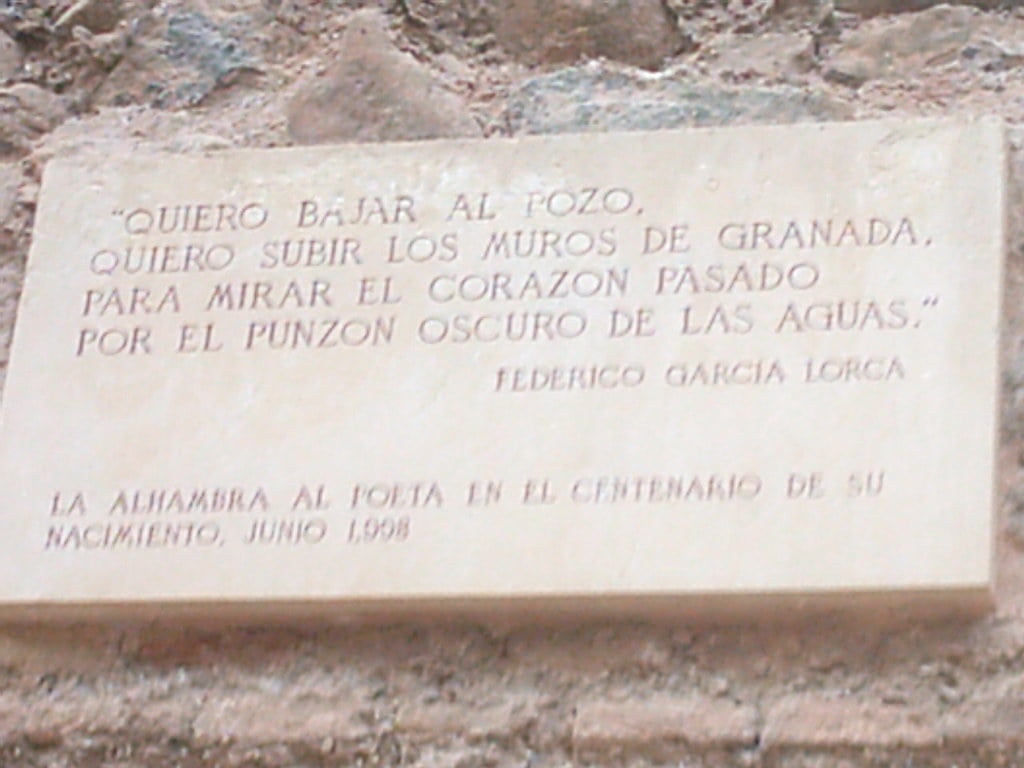
Lorca was also socially and politically engaged. His works often dealt with issues such as repression, social injustice and discrimination. He was also a well-known defender of women’s rights and an active participant in movements for gender equality. His life came to a tragic end in 1936 when he was assassinated at the start of the Spanish Civil War. His death became a symbol of political repression and built a history of Lorca as a martyr for his beliefs.
Despite this tragic end, Lorca’s work continues to live on and is appreciated throughout the world. His poetry and plays are regularly performed and translated into many languages. Lorca is widely regarded as one of the most important writers of the 20th century, and his contribution to Spanish literature is undeniable. His profile, work and tragic death make him one of the most recognisable representatives of Spanish culture.
Antonio Banderas: the film giant from Andalusia
Born in Malaga in 1960, Antonio Banderas is one of Spain’s most internationally recognised actors. Over the course of his career, he has appeared in many Hollywood and European productions, winning both public and critical acclaim.
Banderas originally wanted to become… a footballer, but a leg injury forced him to change his plans. He decided to pursue acting and joined a Spanish theatre troupe. His talent and charisma attracted the attention of one of Spain’s most important directors, Pedro Almodóvar. His collaboration with Almodóvar, which began in 1982 with the film Labyrinth of Passions, brought Banderas his first successes.
In 1991, Banderas made his Hollywood debut, starring in the film ‘Mambo Kings’. Soon after, he was given a role in ‘Interview with the Vampire’, where he starred alongside stars such as Brad Pitt and Tom Cruise. From then on, Banderas’ career took off. He has starred in many well-known productions such as ‘Zorro’, ‘Desperado’, ‘Evita’ and ‘Spy’, all of which have brought him international recognition.
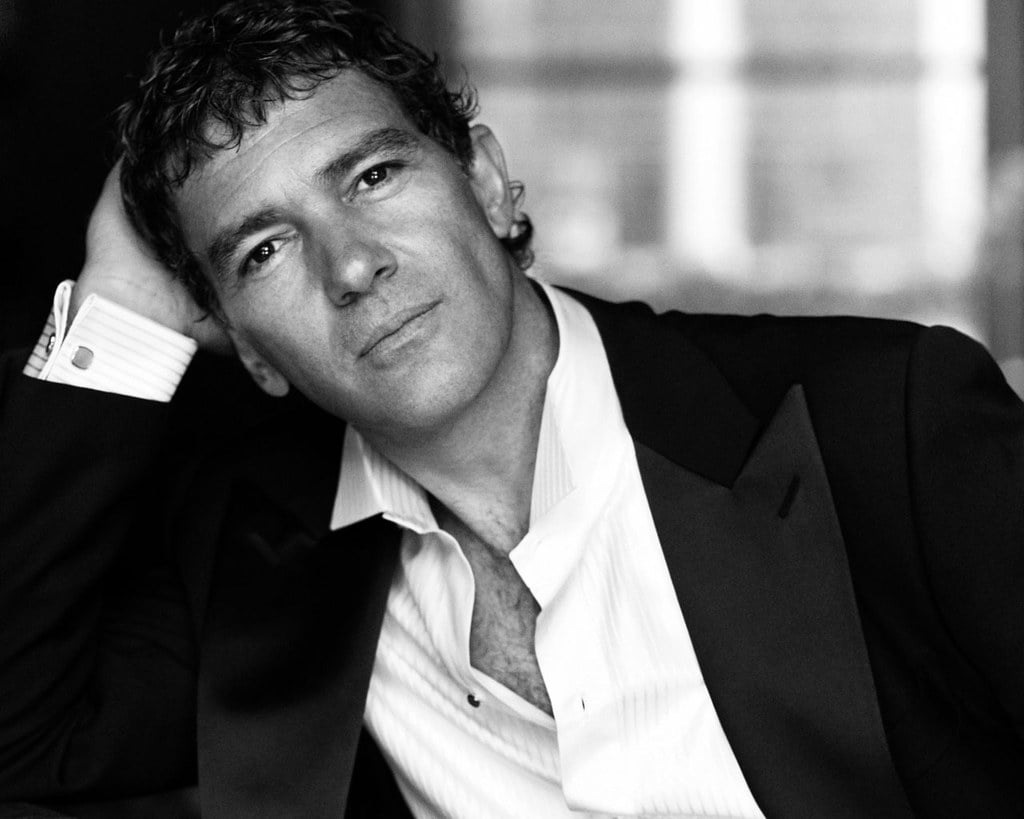
Banderas is also a well-known voice actor. His most recognisable role is as the cat in his shoes in the ‘Shrek’ series of films. He has also become a director – his debut in this role was the 1999 film The Madness of Love. In addition to his film career, Banderas leads an active business and philanthropic life. He is the creator of a perfume line for men and women, and is also the founder of the Antonio Banderas Foundation, which supports various educational and cultural projects in Spain.
As an acclaimed actor and director, Banderas uses his fame and influence to promote the culture of his home region. Through his regular participation in local events such as the Semana Santa celebrations, during which he is one of the people carrying the throne during the procession, and festivals – such as the famous Malaga Carnival – he shows how important his roots are to him.
In addition to his active participation in events in Andalusia and the Malaga region, Banderas supports the local economy through further business ventures. He returned to his birthplace (Málaga) in 2018, where he decided to create the Teatro del Soho CaixaBank, where he staged the musical ‘A Chorus Line’. The initiative is growing rapidly and Banderas is also planning to build a second stage for an experimental theatre, an auditorium and a technical school for theatre production and management.
Meanwhile, Antonio Banderas has also created a television production company (creating programmes for Amazon Prime, among others), a symphony orchestra and opened four restaurants, most recently – La Pérgola del Mediterráneo. He plans to open a jazz club.
Joaquín Cortés: flamenco in a modern light
Born in Córdoba in 1969, Joaquín Cortés is one of the most acclaimed flamenco dancers in the world. Flamenco is an art that is intrinsically linked to Andalusia, and Cortés has transformed it by introducing modern elements to this traditional dance style, which has brought him worldwide fame.
Joaquín Cortés started dancing at the age of 12, and just two years later he joined the Spanish National Ballet. However, his passion for flamenco was stronger, and his talent, strength and grace quickly made him a star of the art. This was not enough, however, as Cortés wanted to refresh the traditional style of flamenco and began to experiment, combining it with other dance forms such as ballet and contemporary dance.
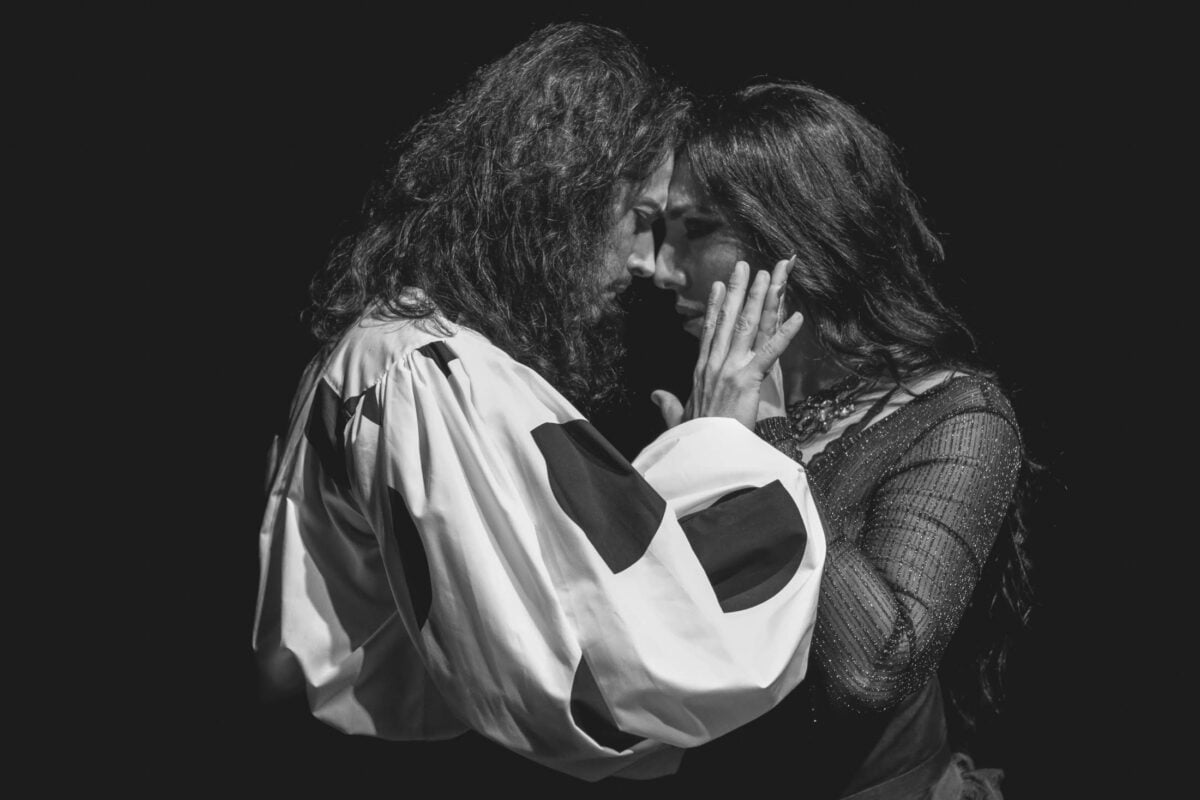
His revolutionary approach to flamenco brought him both criticism and acclaim. Flamenco is an art with deep cultural and traditional roots, and some purists rejected Cortés’ new interpretations. But for many others, his body of work has opened flamenco to new possibilities and audiences. His spectacular performances draw crowds around the world. Cortés is known for his unique style, combining the soaring, dynamic movements of flamenco with the elegance and precision of ballet. Each of his performances is full of passion, power and emotion, and his unique interpretations have transformed flamenco into a modern art.
In addition to his dance career, Joaquín Cortés has also been involved in charity work. In 2004, he founded the Joaquín Cortés Foundation, which aims to help children and young people from hostile backgrounds by offering them support in education and the arts. Joaquín Cortés continues to dance, delighting audiences with his passion and talent, and continues his research into flamenco, seeking new ways to present this traditional art in a new light. He is a true ambassador of Andalusian flamenco, showing how deep-rooted traditions can find a new dimension.
María Zambrano: the voice of poetic philosophy from Andalusia
Born in 1904 in Vélez-Málaga, Andalusia, María Zambrano was one of Spain’s most outstanding intellectuals of the 20th century. Her unique approach to philosophy – combining logic with lyricism and poetic depth – gave her a special place in the history of philosophical thought.
Zambrano studied at the University of Madrid, under renowned Spanish philosophers such as José Ortega y Gasset and Xavier Zubiri. The influence of existential philosophy and personalism can be seen in her early work, but over time she began to develop her own unique style of thinking, which she called ‘poetic philosophy’ or ‘philosophy of poetry’.
For Zambrano, philosophy and poetry were two sides of the same coin, which together form a more complete picture of reality. Unlike traditional philosophy, which seeks objective truth through logic and reasoning, Zambrano’s ‘poetic philosophy’ turned to experience, emotion and intuition. Her works are full of reflections on the essence of man, the role of art and poetry, as well as suffering and hope. In books such as ‘Hacia un saber sobre el alma’ (Towards a knowledge of the soul) and ‘Delirio y destino’ (Delirium and destiny), Zambrano expresses her view that true wisdom lies not in acquiring knowledge, but in deepening one’s understanding of oneself and others.
Zambrano was also involved in politics, defending republican and democratic ideas during the Spanish Civil War. After Francisco Franco’s victory, Zambrano spent many years in exile, living and working in various countries including Mexico, Cuba, France and Italy. In 1981, after Franco’s death, Zambrano was able to return to her native country. In 1988, she was awarded Spain’s most important literary prize, the Cervantes Prize, for her outstanding contribution to Spanish-language literature.
María Zambrano died in 1991, but her legacy lives on in philosophical works that continue to be analysed and appreciated for their originality and depth. All of these remarkable people show the wealth of talent and diversity that Andalusia has to offer. Without a doubt, this region is a true treasure of Spain and continues its tradition of producing inspiring figures who influence the world.

Photo source:
